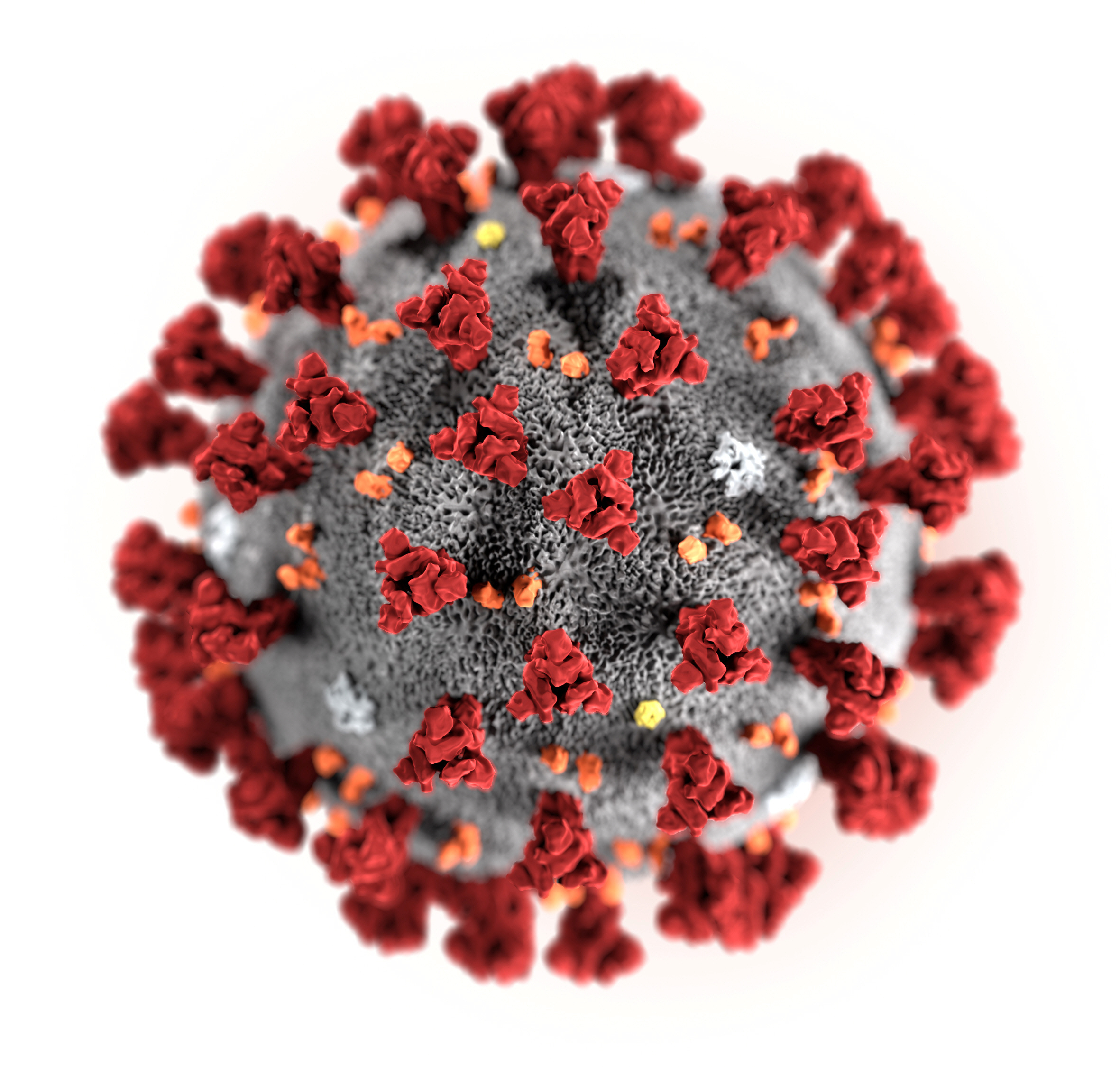
Covid-19: a cold start
Perhaps it is best that thora ghabra lein (be a bit worried)
The trend is simple enough. Exponential is the word for it.
At first, only a few cases are identified. The government tries to isolate these cases and requests the public not to panic. It makes the argument that majority infections are mild and do not require hospitalisation. It argues that the virus has a low fatality rate and that only old people with pre-existing conditions are at risk. We must keep calm. As if old people are dispensable. Anyway, let’s not digress.
And then, in about two to four weeks, the cases grow exponentially. The reason is simple enough: the virus has a long incubation period. It can take up to four weeks for the symptoms to appear. And then, the sky falls. This is what happened in Norway. This is what happened in Italy. This is what has happened the world over. To provide context, let me quote a number. Italy had about 100 cases two weeks ago, now the entire country is under lockdown. And this is what Pakistan is headed towards.
Since we tend to follow the Chinese models, it is pertinent to see how China dealt with the virus.
To begin with, China’s effective healthcare system came into play. It also built multiple ad hoc hospitals. But the game changer, the lightning strike, against the coronavirus was executed by technology and big data. Quarantines were enforced using drones and CCTV cameras (China has over 300 million of them), many of them equipped with facial recognition abilities. This, combined with travel histories and hospital records, allowed the Chinese government to track the movements as well as the risk of virus exposure risk for each person individually. The Wall Street Journal reported that in one such case the police had posted travel details (with specifics) of a man who had tested positive for coronavirus. The police then asked people who had been in his vicinity to get themselves tested for the virus. China also developed a smartphone application that has the database of the people who have shown symptoms or tested positive for the virus. All one needs to do is type in the specifics and the “application will tell you if you have ever come into close contact with someone who tested positive”.
Needless to say, it is ignorance to expect a similar reaction by the Pakistani government and public. The challenge faced by the rudderless executive makes one feel sorry for them. The country does not have enough kits to test for the virus, the hospitals do not have enough capacity even on a good day, and the economy is continuously stalling. Worst of all, the citizenry is unwilling to acknowledge the threat, like always. As if looking the other way will cause the situation to improve.
The solution might cause more pain than austerity measures. The government must cancel mass gatherings, run TV advertisements, close down offices and educational institutes and perhaps, enforce a curfew. Curfew is important not because it might reduce the number of cases Pakistan will eventually have to deal with, but because it will delay or contain the spread of disease. This means that all those who will eventually fall sick will not do so at the same time. This will reduce the pressure on the hospitals and healthcare providers. It is called “flattening the curve”. And this is Pakistan’s only shot.
But perhaps the first step lies in what the Prime Minister promised this nation repeatedly, and that is to tell the truth. This is a cold start, and Pakistan does not have an armour formation yet.
Perhaps it is best that thora ghabra lein (be a bit worried).
Published in The Express Tribune, March 15th, 2020.
Like Opinion & Editorial on Facebook, follow @ETOpEd on Twitter to receive all updates on all our daily pieces.










COMMENTS
Comments are moderated and generally will be posted if they are on-topic and not abusive.
For more information, please see our Comments FAQ